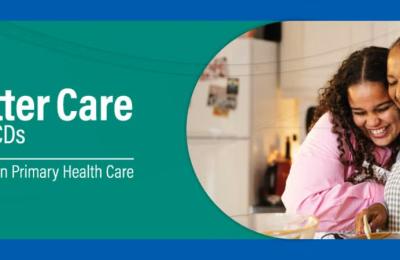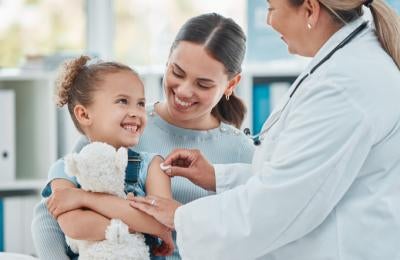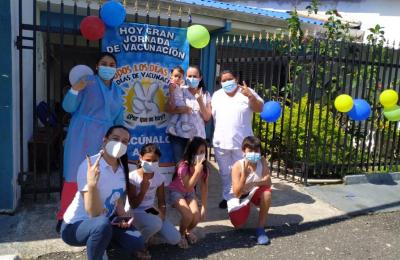Health policy dialogue to strengthen nursing in Uruguay
This article presents the experience of the health policy dialogue on nursing held in Uruguay in 2021, based on the theory of change. Four working groups were held, with the participation of 725 people. The points discussed included: the shortage of registered nurses to implement programs and cover functions at all levels of health care; the poor visibility of the healthcare impact of the activities carried out; insufficient financial resources for undergraduate and postgraduate training; and poor integration of nurses in management teams and policy decision-making spaces in the country.












